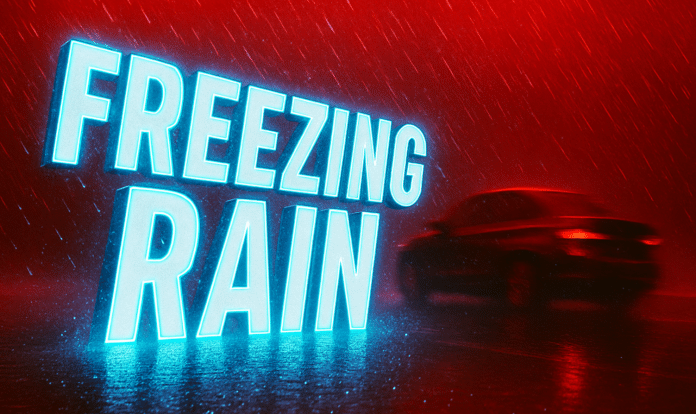Cheyenne, WY – Emergency officials across Wyoming are urging residents to begin preparing today for potential winter hazards, including freezing rain events that can lead to dangerous ice buildup. While the state is best known for snow and high winds, the National Weather Service (NWS) warns that temperature inversions and warm-front transitions can produce freezing rain capable of causing major damage across Southeast Wyoming.
According to NOAA, even light ice accumulation can snap weakened tree limbs, overload powerlines, and create hazardous road conditions along major corridors such as I-25, I-80, Highway 85, and the Summit approaching Laramie. With temperatures expected to fluctuate sharply at times this winter, officials say today is the ideal time to complete winter safety preparations.
According to the National Weather Service, residents should begin by trimming weak or damaged branches near homes, driveways, and sidewalks. These limbs often fall first once ice begins to accumulate. NOAA also cautions drivers not to lift windshield wipers before storms, as they can freeze to the glass and break; keeping wipers lowered and covered is recommended.
Residents are encouraged to maintain at least a week’s supply of non-perishable food, bottled water, and essential prescriptions. Ice storms can trigger prolonged outages and make rural roads impassable—especially in areas where long stretches of power infrastructure are exposed to open terrain and heavy icing. Officials also warn residents not to park vehicles beneath trees, where ice-weighted branches may fall without warning.
To prepare for potential power disruptions, emergency managers recommend fully charging phones, flashlights, power banks, and essential devices today. Homeowners relying on generators should safely store extra gasoline and conduct a test run to ensure equipment is functioning properly before winter storms arrive. Stocking rock salt or ice melt can also help reduce slip hazards around porches, steps, and walkways.
“Even occasional ice storms can disrupt daily life across Wyoming,” the NWS said. “Preparing today is the best way to stay safe this winter.”





